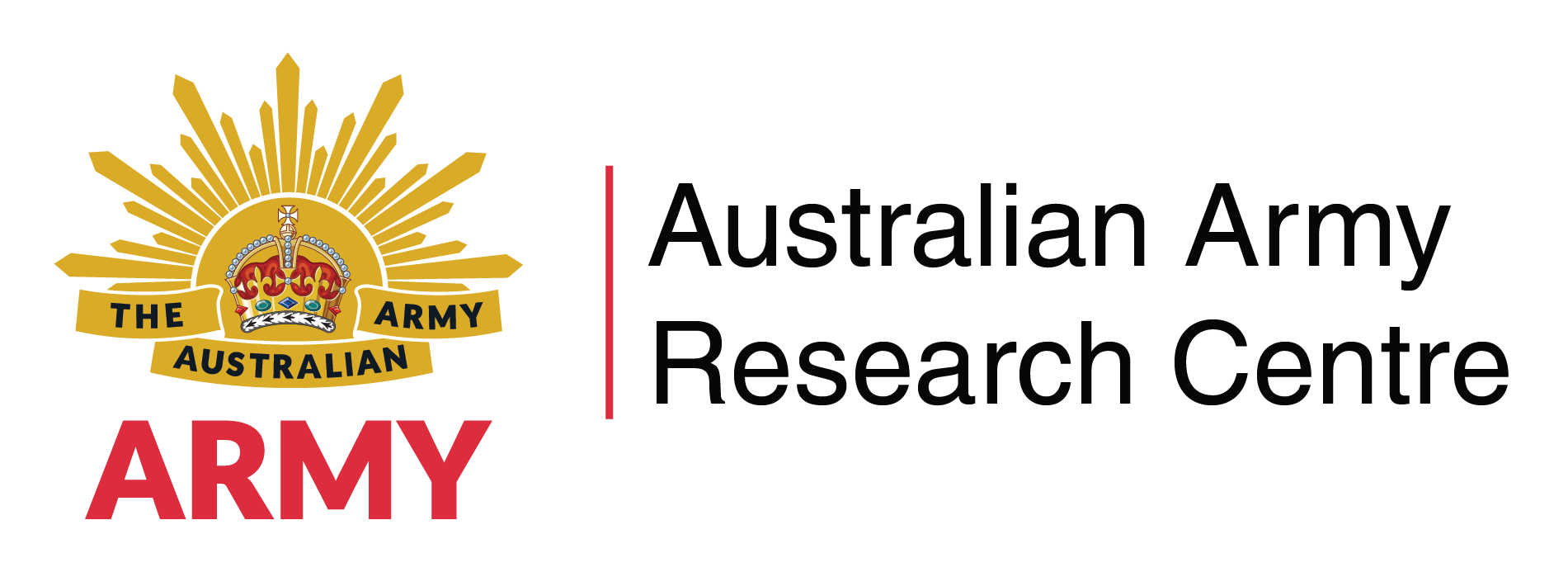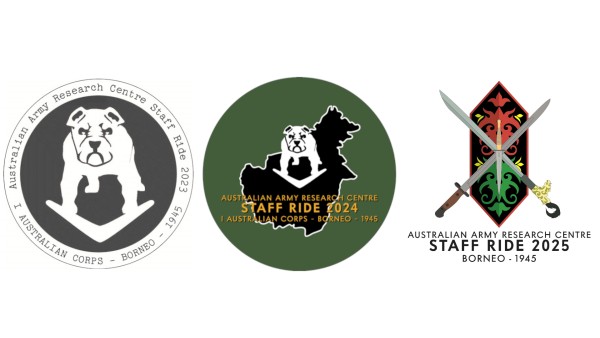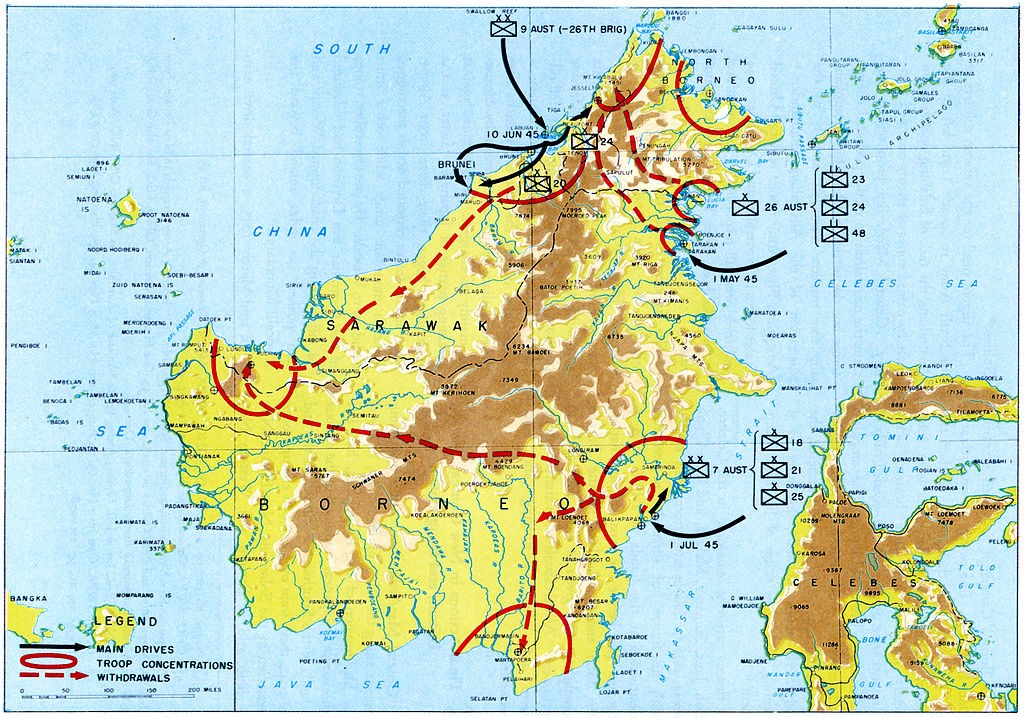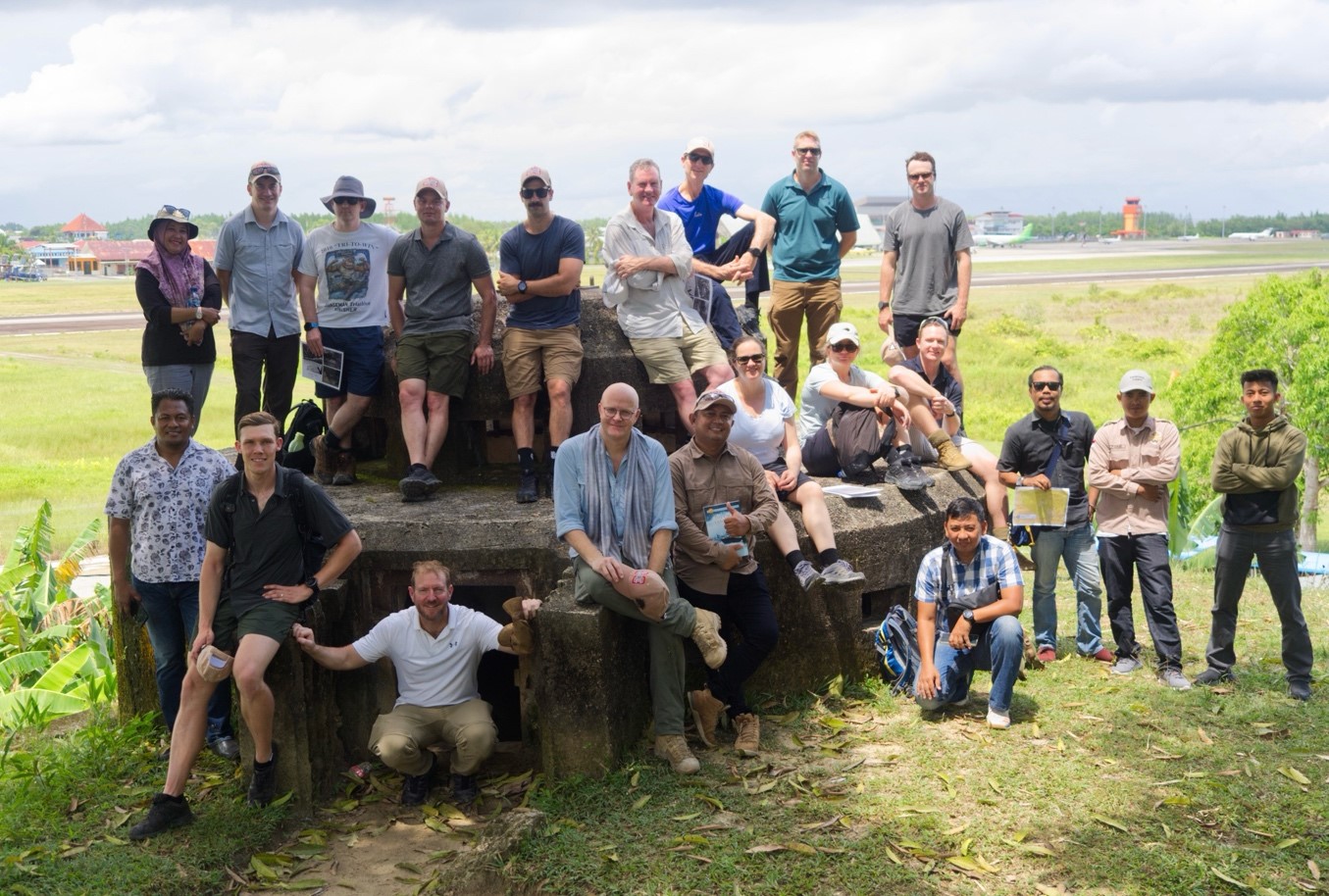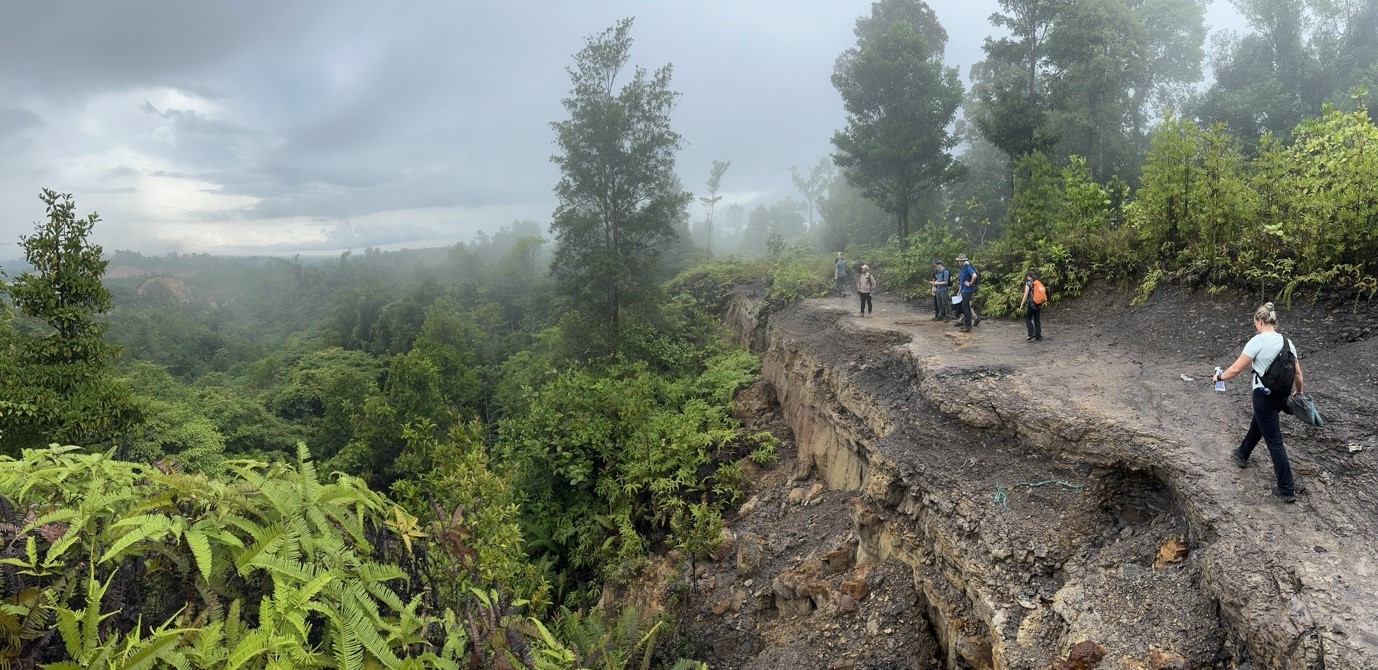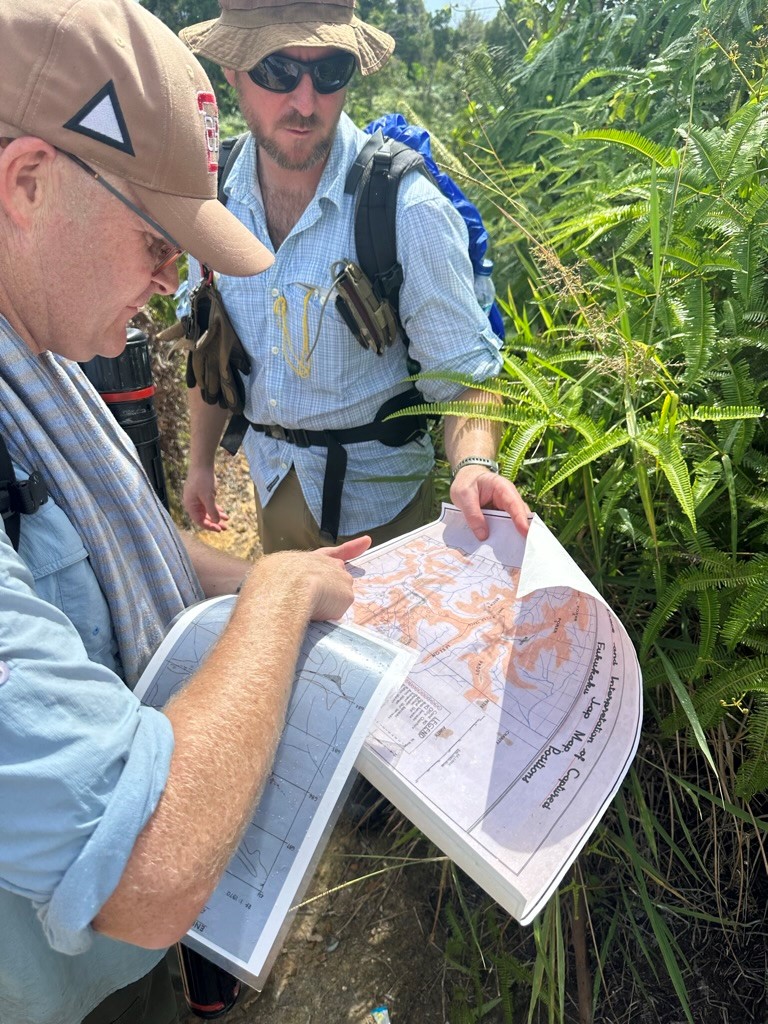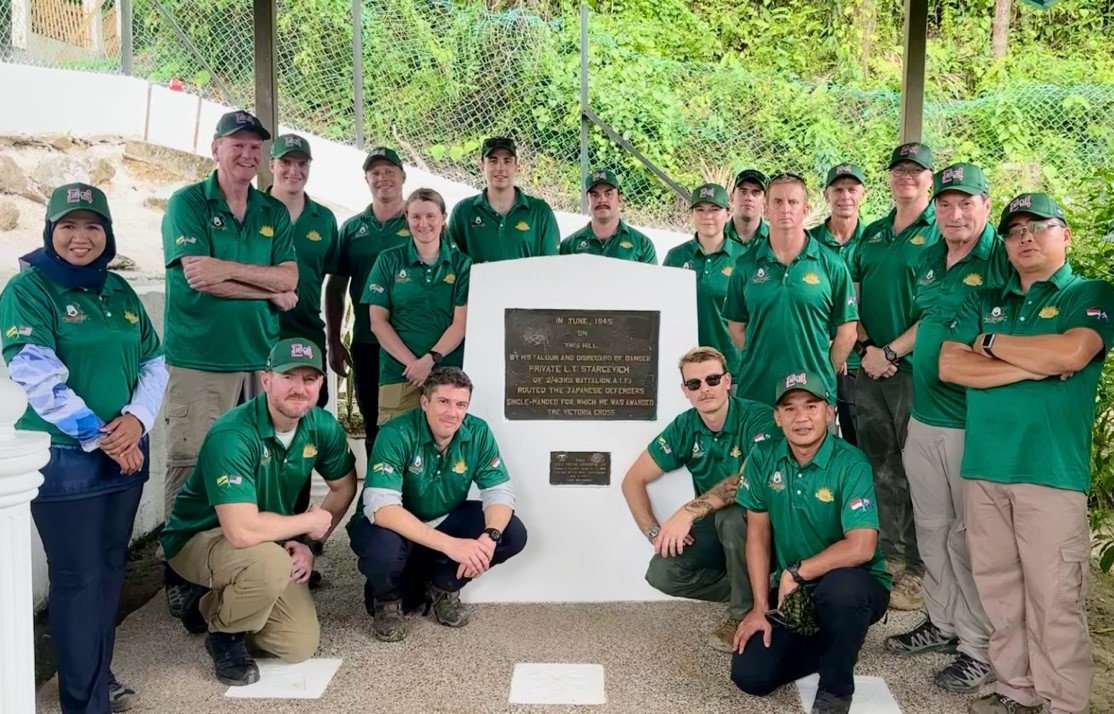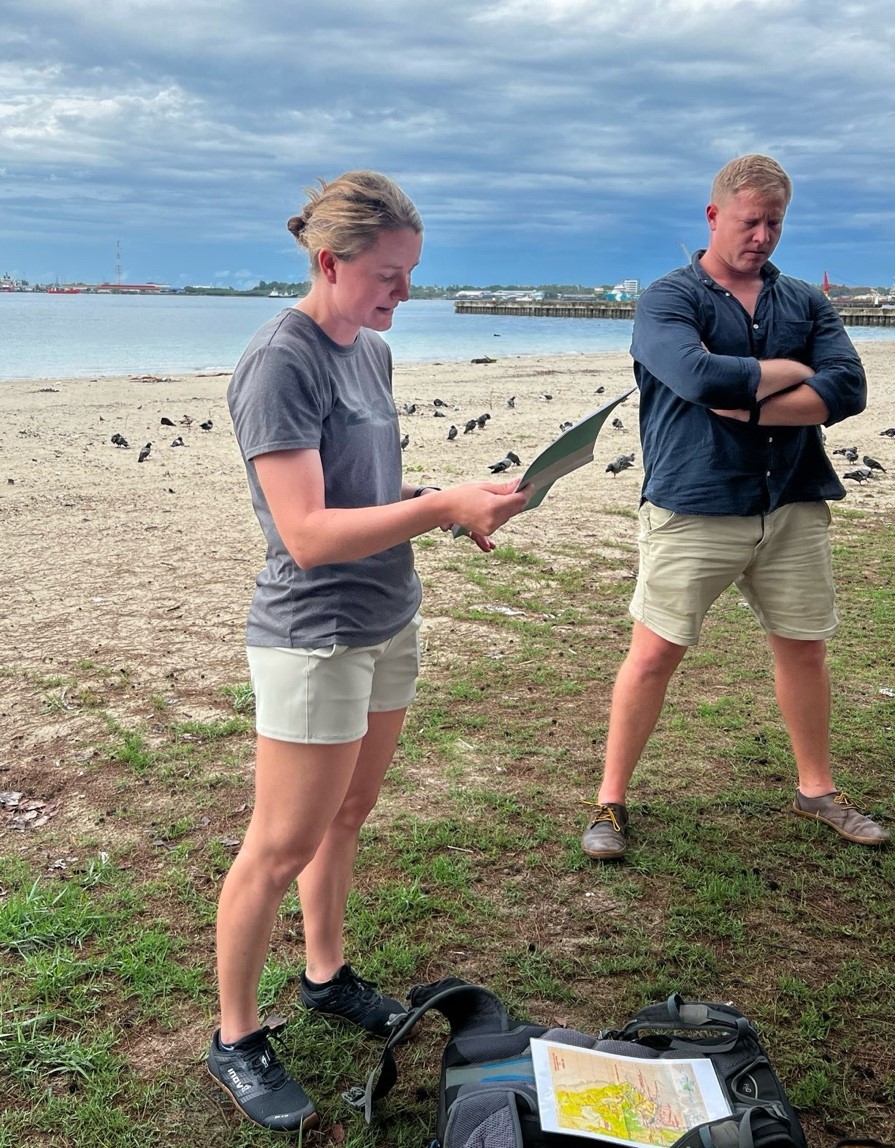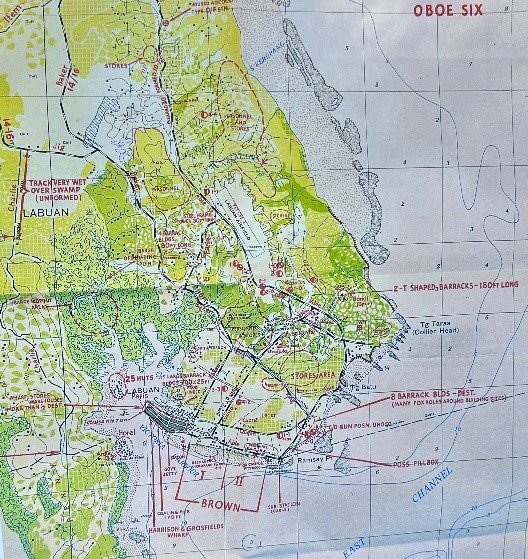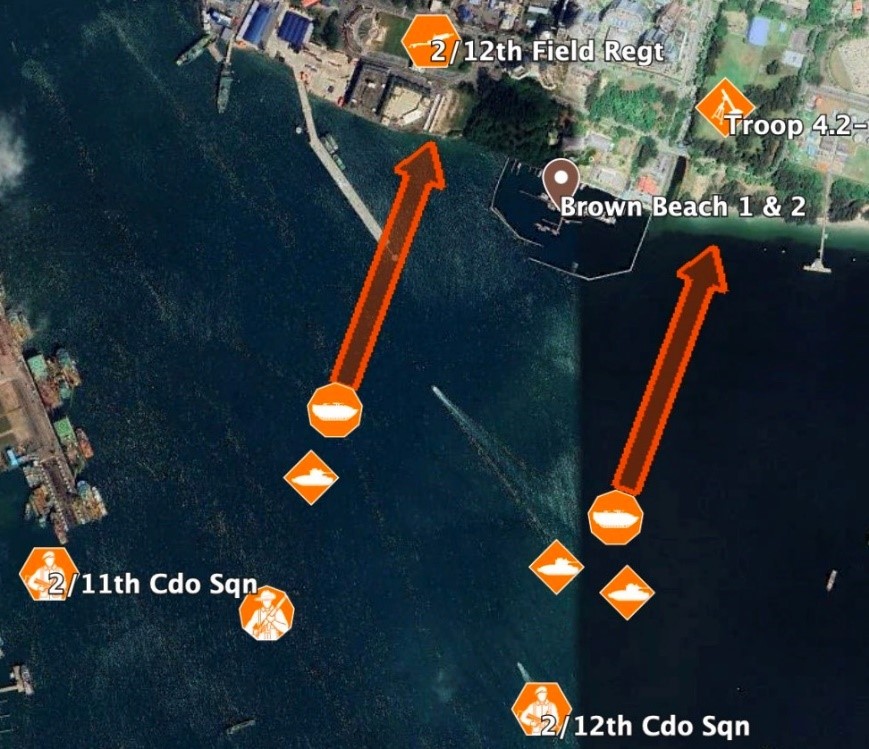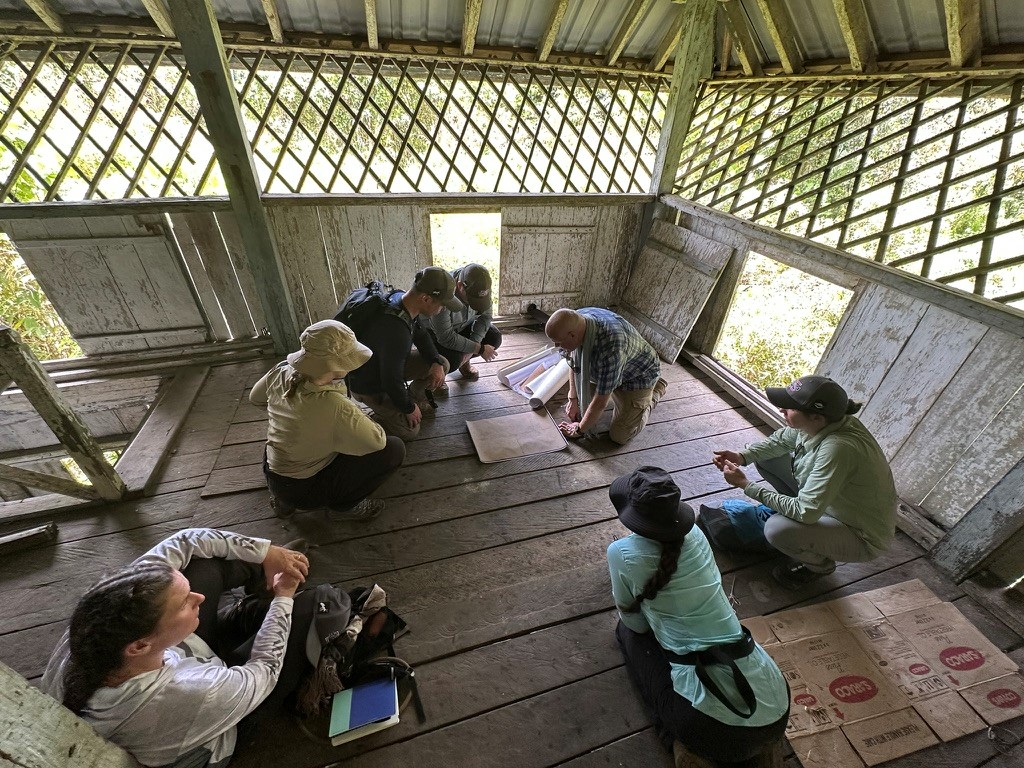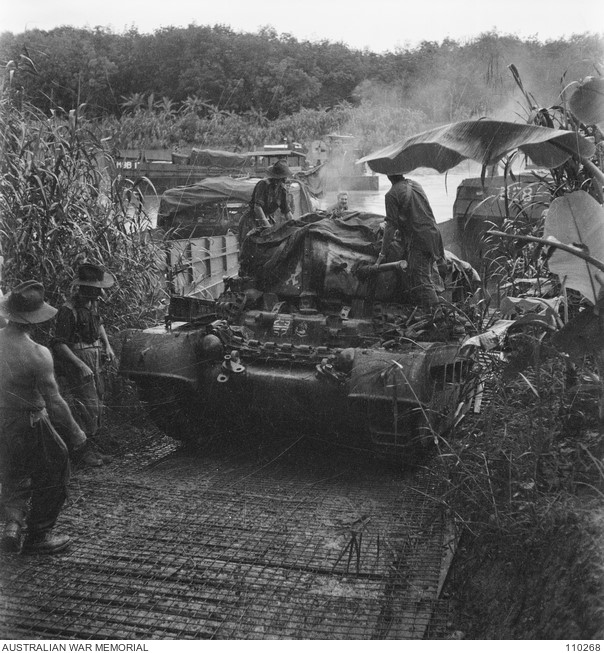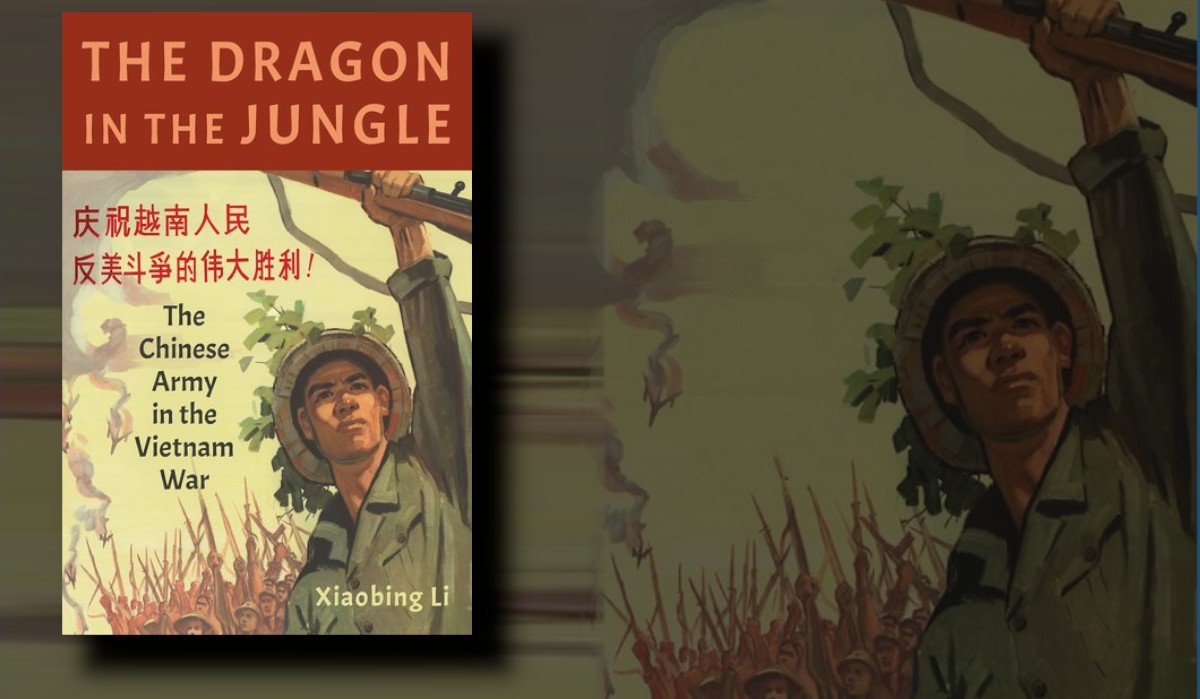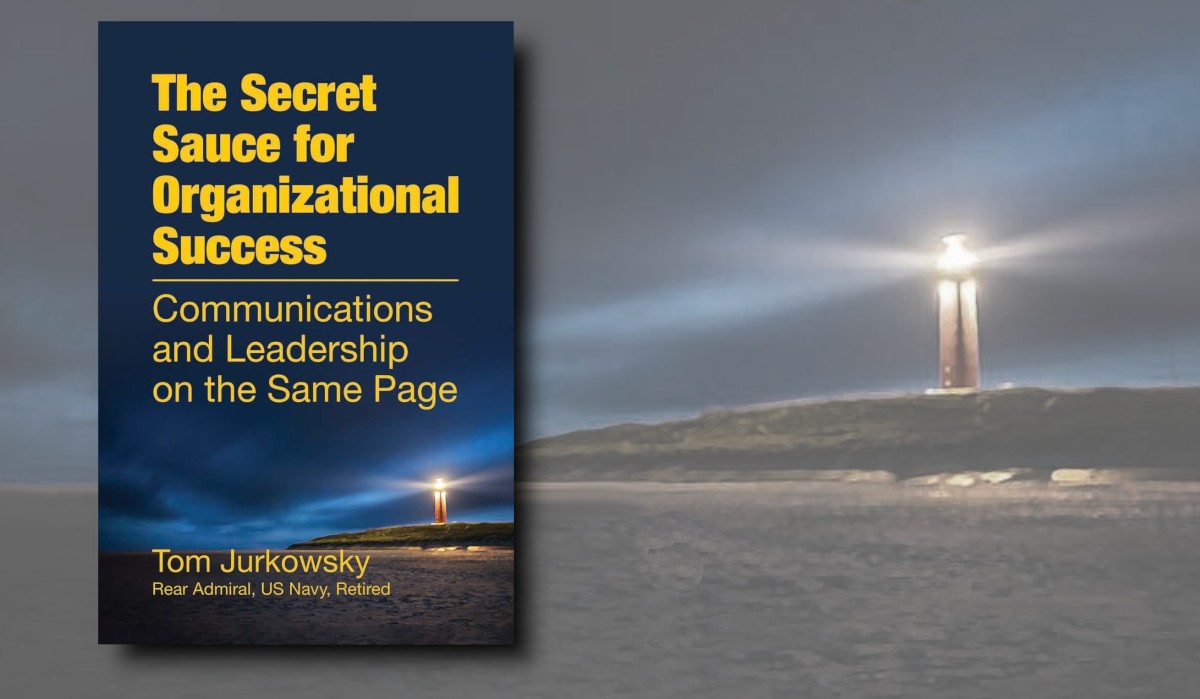Borneo Staff Ride Series (2023-25)
The 1945 Borneo campaign, conducted by the 7th and 9th Australian Divisions of I Australian Corps, was the largest ever planned and conducted by Australia’s armed forces. It involved Allied amphibious assaults against the forces of Imperial Japan at Tarakan (OBOE 1) and Balikpapan (OBOE 2) in Indonesia, and Brunei Bay (OBOE 6) in Malaysia and Brunei. In the case of OBOE 6, the two large-scale amphibious landings on Labuan and the shores of Brunei Bay were quickly followed by three battalion-group amphibious landings and extensive riverine operations. At Balikpapan, with US and Australian naval and air support, the Australian Army conducted a full divisional-size opposed amphibious assault.
With the concept of littoral manoeuvre in maritime Southeast Asia and the Indo-Pacific now underpinning the reorientation of the Australian Army, the OBOE operations provide ideal case studies to consider factors affecting military operations in tropical and archipelagic environments. Accordingly, these battlefields have been the subject of three staff rides conducted by the AARC during the period 2023-25.
Figure 1 description: 9th Div, Oboe 1 - Tarakan (01 May 45) & Oboe 6 - Brunei Bay (10 Jun 45); 7th Div, Oboe 2 - Balikpapan (01 Jul 45) (source: Willoughby, C.A. (ed.), Reports of General MacArthur, Vol. I: ‘The Campaigns of MacArthur in the Pacific’, Washington DC, 1966, p. 384, accessed at: The Australian Experience of Joint and Combined Operations: Borneo 1945 | International Journal of Naval History (ijnhonline.org)
The staff rides studied one or more of the landings in detail, then progressed to the manoeuvre operations ashore required to secure the objective areas. They took participants to parts of modern-day Indonesia, Malaysia, and Brunei, where they compared early- and late-war operational methods, offensive and defensive operations, and the successful adaptation of Australian warfighting expertise for ‘tropical’ warfare against a peer adversary. The 2025 iteration of the Borneo staff ride also included the SEMUT operations conducted by Special Operations Australia in the island’s interior, which extended consideration to the aims and conduct of special warfare.
Visiting the ground uniquely facilitated advanced learning at the tactical level, as most of the terrain is, fortuitously, little changed from the time of the battles. A diversity of corps, experience, and ranks among attendees enhanced professional discussion, with current operators in fields such as amphibious planning, beachhead management, and special operations, experiencing conditions that their forebears had overcome in similar contexts. All participants came away with a visceral and nuanced understanding of the enduring nature and changing character of war.
In particular, the extensive use of small craft to conduct tactical manoeuvre and sustainment along Borneo’s coastline and rivers prompted participants to reflect on the future employment of the new watercraft being acquired for the Army. The broader strategic and operational setting also encouraged discussion of the imperatives driving strategy formulation, the practicalities of operating within a larger coalition force, and the orchestration of conventional and special operations to achieve common objectives.
In all cases, the Army’s specialists gained generalised regional and cultural knowledge. They built bonds with local partners, including the Malaysian Army, the Royal Brunei Armed Forces, and British Forces Brunei. It is also intended that participants will serve as pathways for vicarious learning across the wider Army. Their insights and experience can be shared and applied in the unit environment and in instructional roles. Participants were also encouraged to write, resulting in several articles shared in Army professional forums:
CAPT Greg Strahan – ‘1945 Amphibious Operations in Borneo - Operation Oboe Staff Ride’;
MAJ Alex Lenart – ‘What can the Australian Army learn from the 1945 Borneo Oboe operations?’;
MAJ Nick Rolls – ‘Securing the Rear – Empowering the Front: Lessons for littoral logistics’; and
CAPT Marika Boelen – ‘What happens after the fighting? Some thoughts on the civil-military operations in Australia’s Second World War Borneo Campaign’ (upcoming).
The activities were guided by both a Chief Instructor, LTCOL Ross Cable (Retd) in 2023 and 2024, and COL Matt Rogerson in 2025, and a professional historian, Associate Professor Garth Pratten, who promoted learning through a range of techniques, including participant presentations, map-based planning exercises and digitally supported decision-forcing cases. Thus, the AARC staff ride methodology was tailored to Army’s requirements and delivered maximal PME benefit. The activities provided a unique opportunity for participants to develop professional expertise and contribute to Army’s ability to draw insights from the Pacific War via the use of applied military history.
Figure 2 description: Dayton McCarthy’s The Oboe Landings, 1945, provided a superb reference for the Borneo activities. An example of his related work on Australian Beach Groups, 1943-1945, can be found at AAJ Volume 20 Number 2.
Extensive digital maps were used to supplement those of the day.
